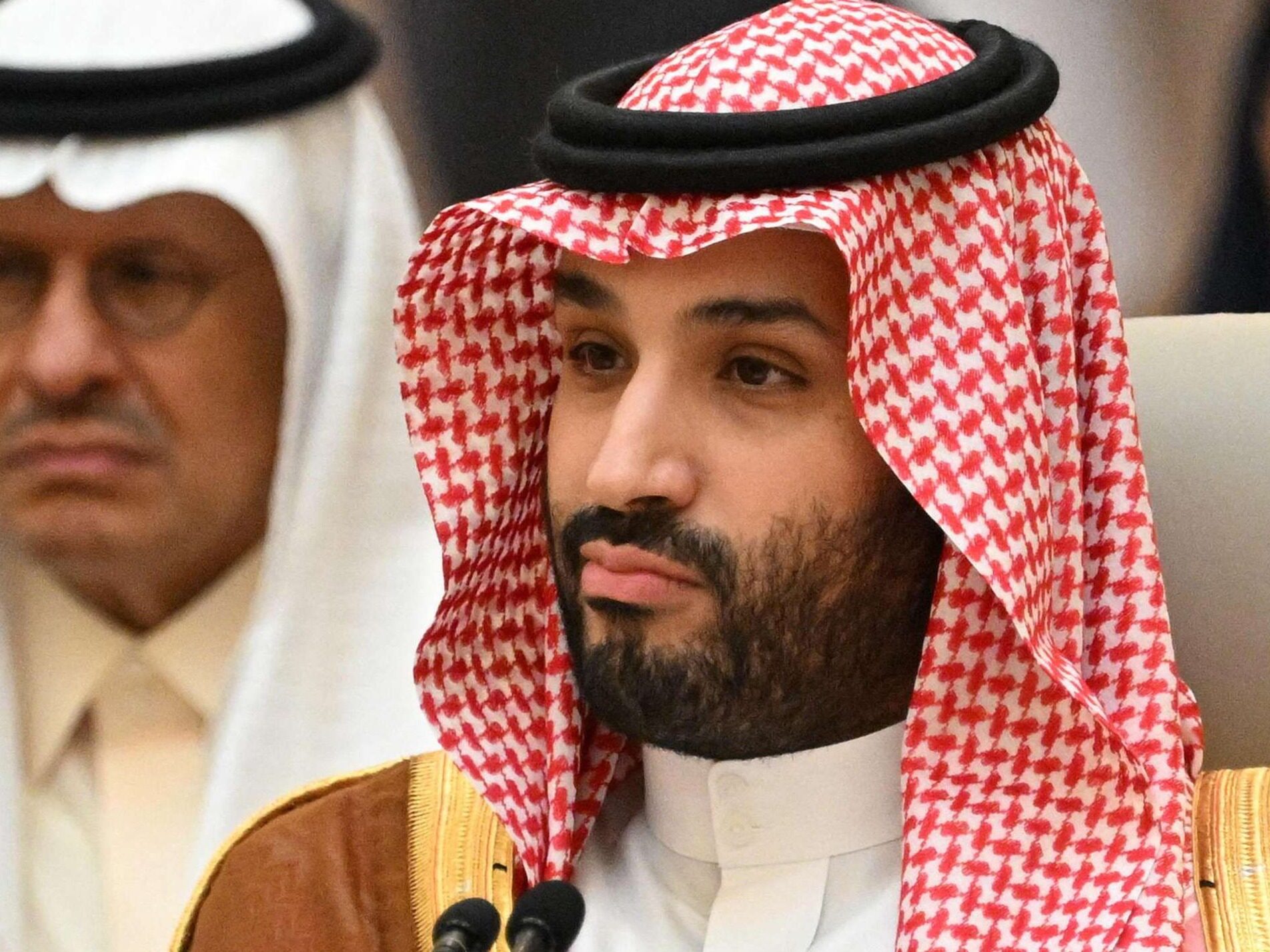- After its completion, it can significantly improve the regional traffic efficiency

To improve the national transportation network and boost economic development, Morocco has recently launched a large-scale railway construction plan. According to local media reports, King Mohammed VI of Morocco has officially approved a railway expansion plan worth as much as 96 billion dirhams (approximately 10.3 billion US dollars), and the most eye-catching part of it is the high-speed railway project from Kenitra to Marrakesh, which is expected to be completed by 2030.

This high-speed railway line, with a total length of 430 kilometers and a designed speed of 350 kilometers per hour, will connect the city of Kenitra on the Atlantic coast with the famous tourist destination of Marrakesh. Once completed, it will significantly improve regional transportation efficiency: the journey between Marrakesh and Tangier will be shortened from several hours to 2 hours and 40 minutes, saving a full 2 hours; the commuting time from Rabat to the main airport in Casablanca will also be reduced to 35 minutes. It is worth noting that this project is also an important transportation infrastructure built by Morocco in preparation for the 2030 World Cup jointly hosted by Morocco, Spain, and Portugal.
In terms of the procurement of supporting trains, the Office National des Chemins de Fer (ONCF) of Morocco has signed a purchase agreement for 168 trains with a total value of 29 billion dirhams (approximately 2.9 billion US dollars). Among them, the French company Alstom will supply 18 Avelia Horizon double-decker high-speed trains, each capable of carrying 640 passengers and with a cruising speed of 320 kilometers per hour; the Spanish company CAF will provide 40 intercity trains; and the South Korean company Hyundai Rotem will deliver 110 urban trains.
This large-scale infrastructure investment is not only a key measure for Morocco to enhance its national image and accelerate the modernization process but also a powerful engine for promoting economic development. However, during the implementation of the project, it also faces many challenges such as financial pressure, project management difficulties, and potential social impacts. How to ensure the timely and high-quality completion of the project while strictly controlling costs and achieving sustainable development has become an important issue that the Moroccan government urgently needs to address.

At present, with unprecedented construction efforts, Morocco is laying a solid foundation for the smooth holding of the 2030 World Cup through this infrastructure construction boom, and injecting strong impetus into the country's long-term development. (This article is from the official website of Seetao.com, www.seetao.com. No reprinting is allowed without permission. Otherwise, legal liability will be pursued. If reprinting, please indicate Seetao.com + the original text link.) Editor of the Strategic Column of Seetao.com / Yin Shiqian
Comment
 Praise
Praise
 Collect
Collect
 Comment
Comment
 Search
Search














Write something~